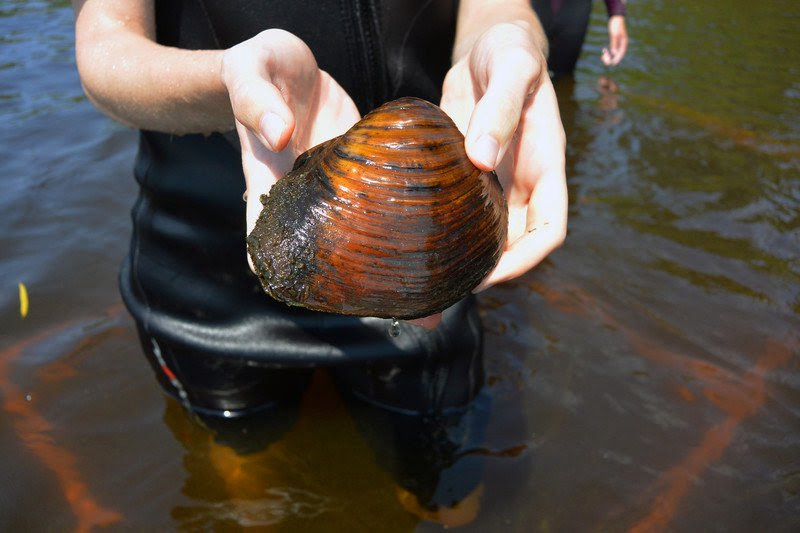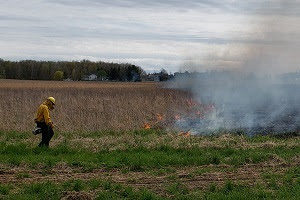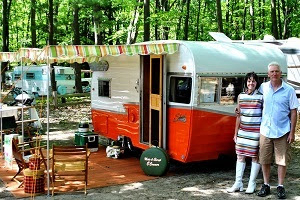Protect Grassland Birds by Mowing Later

Photo caption: Landowners with 10-plus acres of field can help protect grassland birds such as bobolinks by delaying mowing til mid-August. (Courtesy VFWD/Hall).
MONTPELIER, Vt. — From bobolinks flushing up from a grassy field to the beautiful song of an eastern meadowlark, grassland birds greatly enrich summer in Vermont. But many of these species are in decline due to the loss of appropriate grassland habitat.
Landowners can make a difference by altering the times of year they mow fields that are 10 acres or larger. The Vermont Fish & Wildlife Department and Audubon Vermont are encouraging landowners to help promote these beloved species by waiting a little longer to mow and give these birds a chance to complete their nesting season. Read more







